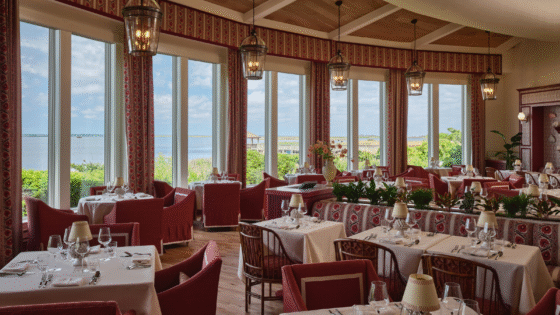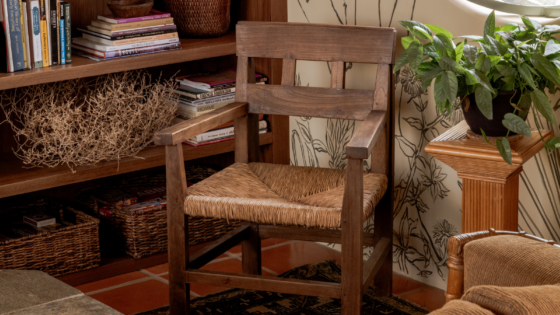To understand more about one particular new hotel in the Maldives, Xenia zu Hohenlohe, Founding Partner of Considerate Group, caught up with architect Marcio Kogan, the founder of Studio MK27…
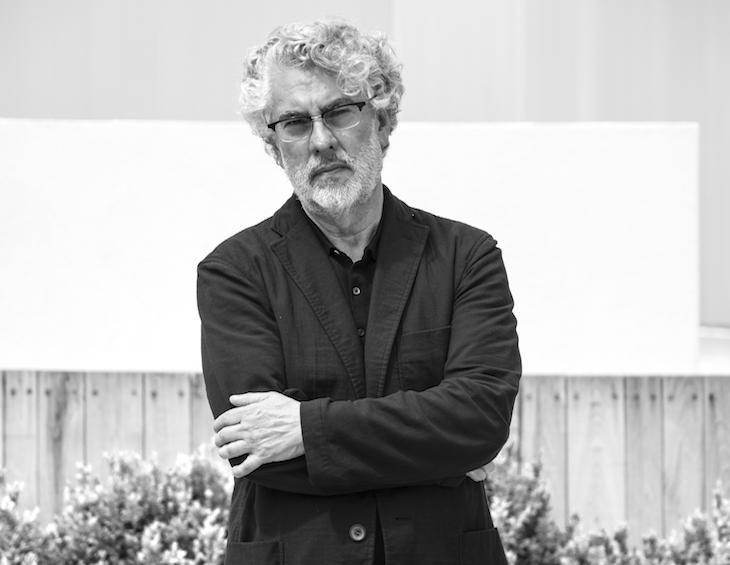
Architect Marcio Kogan is the founder of Studio MK27, leading a team of 30 talented individuals who he encourages to ‘rethink architecture’ and ‘place value on formal simplicity elaborated with extreme care and attention to details and finishings’.
With the its breadth of experience in hospitality design, the studio was asked to design a new resort in the Maldives. The brief was to design a shelter for a radical living experience; a temporary home in the exuberant infinite blues, wild life and open skies. “The volumetric answers are extremely delicate, respectful to its surroundings, trying to provide shadows and coziness,” it is explained on the firm’s website.” The aim was to ‘capture and amplify the landscape’s strength.”
Responding to the brief, Kogan decided that the architectural lines of the property must never break the horizon. “They speak low and elegantly,” he explains. “All buildings are visually permeable, melted, dematerialised, putting life and men in the centre of the experience.
And it is this experience that Xenia zu Hohenlohe, Founding Partner of Considerate Group, learned about when meeting the dynamic architect himself to understand more about what sets this hotel aside from other Maldivian hospitality gems.
Xenia zu Hohenlohe: What was your first thought when you were asked to design ‘yet another resort’ in the Maldives?
Marcio Kogan: In our office, we treat each new project as a precious gem, no matter the size. Of course, it needs to be of interest to us, but the main thing is, that the client is nice and we develop a good relationship with empathy.
I have never been to the Maldives before and when we began with the project, My colleague and I visited the islands with our client. We stayed in various resorts there so we had to travel with the sea plane everyday, which was not that much fun.
“My first idea for the project was inspired by a place where I used to go as a child.” – Marcio Kogan, Founder, Studio MK27.
XH: How did your Brazilian up-bringing – the connection you have to nature and your local tropical vegetation – influenced you when approaching the Patina project?
MK: When we visited the Maldives, it felt strange: I slept in rooms that could have also been in New York or in London or in Paris, very cosmopolitan but completely lacking the feeling of being in the tropics. That, however, is something that you always have in Brazil – you create something modern, contemporary, but always with the notion that you are at the beach. All Brazilians used to spend their childhood-vacation at the beach and my first idea for the project was inspired by a place where I used to go as a child. There, buildings are separated from the beach by a bit of woodland, giving the impression of a virgin island. This is the feeling that I wanted to bring to the Maldives.
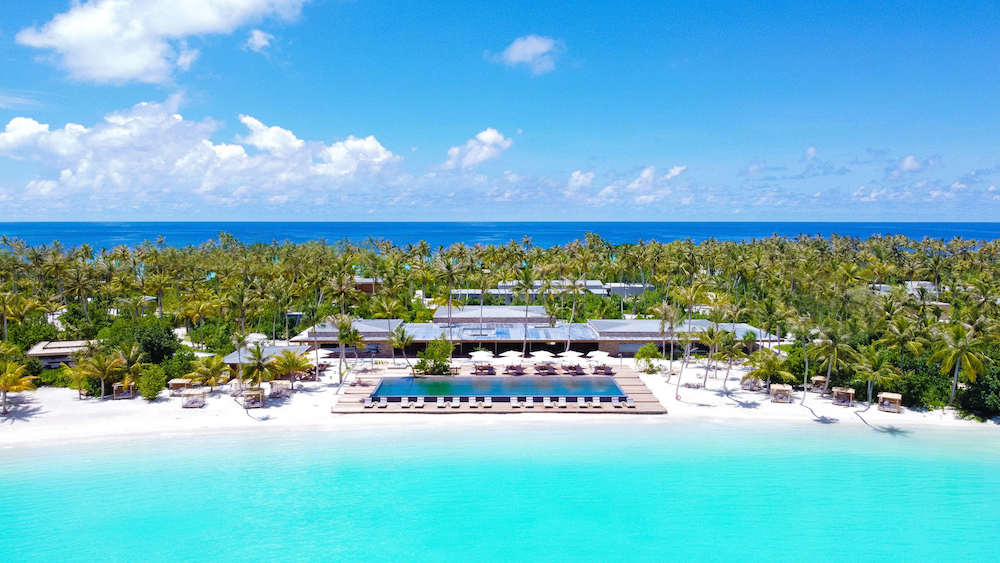
Image credit: Patina Maldives, Fari Islands
“The space is meant to be a joyful experience for the senses.” – Marcio Kogan, Founder, Studio MK27.
XH: Could you describe the main characteristics of biophilic design and what is your fascination with it? And how important is this to guests or how will it make their experience at Patina a different one because of it?
MK: For this hotel we re-created the relationship between humans and nature that has existed for thousand of years. In our architecture, there is no difference between the exterior and the interior. It is like a see-through curtain that dissolves the borders between indoors and outdoors. We also brought nature into the rooms through a commissioned artwork by a Brazilian photographer. The space is meant to be a joyful experience for the senses brought to life by natural materials such as wood, stone and organic fabrics and special light pendants that we designed.
XH: How is the design in keeping with the local vernacular?
MK: It has a lot to do with the hidden architecture. When we first went to Maldives, we not only visited various hotels, but also a local house, which you normally don’t see, as they are rather small and hidden in the middle of the islands. The houses are very simple, coral walls holding a thatched roof, mostly build in the centre of the islands. The houses are very simple, coral walls holding a thatched roof, mostly build in the centre of the islands surrounded by local nature. So for us, it was important to integrate this simplicity and the connection to nature into the project in a sophisticated way.
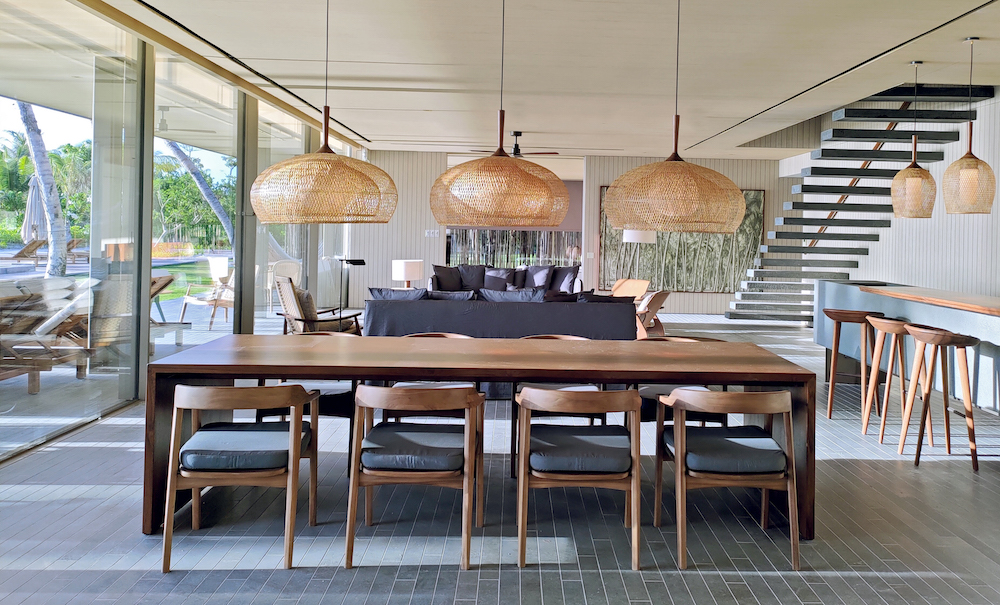
Image credit: Patina Maldives, Fari Islands
XH: What does the term ‘hidden architecture’ mean to you?
MK: One of our main goals of our project was to hide it. Everything must be very timid – nature is more important than architecture – like the Brazilian architect Oscar Niemeyer – our master- used to say: ”Architecture is not important, it is our family, our friends, life, the nature – that’s what counts.” The fantastic nature with the most beautiful sky and the impressive sea are the focus and it became our mission not to destroy any of the amazing surroundings.
XH: To what extent did you consider the subject of sleep quality in your design?
MK: First of all, it is very important to know, that all the interiors are customised in order to provide this special experience for the guests – including the bed, which is always the key element of the room. The bed forms the centre of the room, it has the best views and needs to be as comfortable as possible. At Patina, the headboard is soft, almost like a huge cushion that embraces you and the mattress base was designed as if it is almost floating.
In order to create the best possible interior, we set up a mock-up villa in Singapore with all details for the complete experience. It was a very detailed process with more than 200 items on the snagging list to be changed. Something that we never did before, but which proofed extremely important for the overall process.
“To be an architect, you need to know what is going on around you – you can’t be isolated.” – Marcio Kogan, Founder, Studio MK27.
XH: What travels inspired you in this project?
MK: Before the pandemic, I used to travel to Japan every Christmas season. This is not directly connected to the Maldives, but it’s one of the inspirations in my life. Another important place for me is Italy, which is another place that is inside my heart. There, I work with Italian brands and I also teach at Politecnico di Milano.
Everything in our life influences our work to some extent. To be an architect, you need to know what is going on around you – you can’t be isolated. You are a kind of sponge, that soaks up the influences around you, which I like very much. Once I was with a very important Brazilian architect, Paulo Mendes da Rocha, and he said to one of his students: “If you just read architecture magazines, if you only visit websites about architecture, you will never be a good architect. You need to know about everything else, too”.\
XH: The Maldives has a number of new luxury resorts, what makes this Patina stand out?
MK: When I visited the Maldives before starting our project, I had a very strange feeling. I was completely alone there, and it seemed that everyone else was on honeymoon. Therefore, the first idea that came to my mind was to create a village: a place where you have restaurants, shops, a space for children and art installations. A place to see and to be seen, a place where people come together, an experience for the whole family.
“Understandably, in Brazil and the Maldives, this combination of indoor and outdoor is easier to put in place.” – Marcio Kogan, Founder, Studio MK27.
XH: Looking forward, what role can architecture play in bringing nature back into our lives, making people understand that we are part of it and not separate and where can key interactions lie in colder countries where outdoor living is not as easy as in the Maldives or Brazil?
MK: All our projects are having an integrating nature. Sometimes you don’t know where the interior stops and exterior architecture begins. Understandably, in Brazil and the Maldives, this combination of indoor and outdoor is easier to put in place. However, we had a project in Canada, in the mountains, and nobody imagined that we could create something similar there, but we did. We built some sort of glass box with amazing views and inner patios. Ok – it’s easier in Brazil where you can open everything up, but it worked.
Even in our rooms in the Maldives, you can open all the windows and if you are in a sea villa, it feels as if you are floating in the ocean.
Main image credit: Studio MK27

